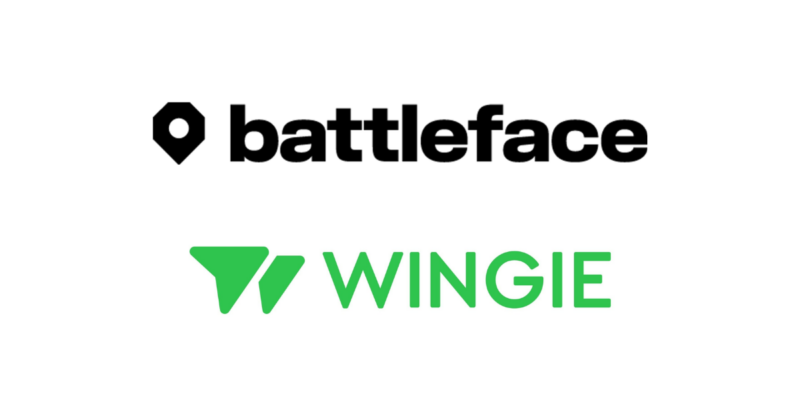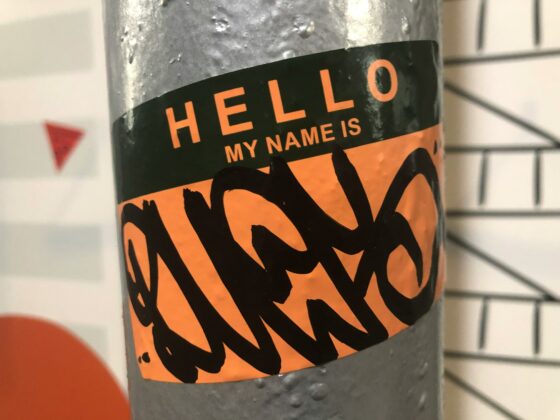
If the current environment is giving you 2008 or even 2020 vibes as a restaurant operator, you’re not alone.
“It’s hard right now. We feel the heat,” US Foods restaurant operations consultant Kristin Hughes said during last week’s Food Fanatics event in Las Vegas.
But she added that restaurateurs pivot better than anyone and outlined ways to do so now — amid consumer pullback, policy uncertainties, and higher cost inputs — across service models. That includes pulling pages from other segments as the industry fights for increasingly selective consumers.
Quick-service attributes
Quick-service concepts, for example, execute meal deals, drive-thru channels, and loyalty programs better than other segments. That doesn’t mean other segments can’t create their own interpretations, however. A meal deal in fine dining could include a chef tasting menu or bundle, Hughes said.
To replicate the convenience of a drive-thru, sit-down restaurants could create a wine program to go or a to-go-only menu featuring exclusive items. And, for loyalty programs, they could offer VIP-only tables, chef tastings or double points on slow nights, or a bourbon club.
“We know loyalty programs work for quick service, but how do we do them smartly at fine dining? The point is to build loyalty so that customers are coming in during your off hours,” Hughes said. “These are all ways to think about getting extra dollars in the door.”
Fast-casual attributes
What does fast casual do best? According to Hughes, digital ordering and built-to-order/customized offerings.
“But online ordering shouldn’t just be for fast casual anymore,” she said. “If you have a good system, you can push out notifications with messages like, ‘We haven’t seen you in a while. Come in and get a free appetizer.’”
Using online ordering also allows operators to upsell and promote limited-time offerings, regardless of segment.
“We know LTOs draw people in. They’re a call to action that says, ‘you can only get this now,’” Hughes said. “They also create excitement. Think about what you do great and provide it as a call to action.”
Full-service attributes
The full-service playbook includes Instagrammable spaces, family-friendly options, and diverse menus. Hughes said it’s important to be mindful about the role of social media with an appealing environment and menu.
“Give customers the space to take pictures and they’ll do the work for you,” she said. “As we’ve moved into social media, we know that one TikTok can take you from slow to a two-hour wait every day. That has everything to do with your items that catch excitement.”
For fine dining, such excitement can include chef-focused pairing suggestions, tableside finishing, and amuse-bouche (bite-sized) offerings.
“If they order soup, pour the soup at the table. Pour the wine even if it’s by the glass. Shred the cheese, crack the pepper,” Hughes said. “All of this gives customers time to capture an Instagrammable moment.”
Hughes added that full-service operators should also consider adding a water program —products that are not free tap water, such as infused teas, sparkling water, or Chaser water.
“Give them something they can buy that will set you apart. Don’t stop at tea, coffee, and soda, because we know this generation has a very healthy mindset,” Hughes said.
Finally, fine dining restaurants, Hughes said, should remove dollar signs and keep the cost the same size and font as the dish description.
“A dollar sign pre-programs the brain to think about money. We want people to make decisions with their hearts, not their heads,” she said. “If they see ‘$75,’ they might not even think about it, but if they read the description and think, ‘man, that sounds good,’ then they might.”
Contact Alicia Kelso at [email protected]






